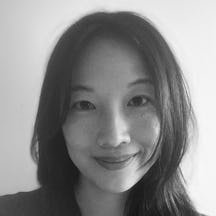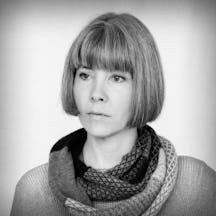Whether large-scale schemes to prevent violence can be successful is still the subject of debate, but it seems that restorative justice programmes and global awareness movements are having an effect on the way some types of violence play out. Laura Bui brings us some hope for the future.
How can we prevent violence?
Words by Laura Buiartwork by Jessa Fairbrotheraverage reading time 6 minutes
- Serial

Efforts to address violence, big and small, are everywhere. Though it can be hard to measure something that does not happen, there are ways of evaluating interventions scientifically to see if they are effective and can be implemented at a much larger scale.
When I started thinking about how accurate forensic psychiatric assessments were in detecting the likelihood of someone committing violence, this naturally led me to wonder how we could prevent violence we knew was likely to happen.
Some of my colleagues at the Department of Criminology at the University of Manchester study violence and use that research to inform relevant government and community organisations. They have worked on drafting Greater Manchester’s gender-based violence strategy, evaluating and revising laws around modern slavery, and inviting local communities to work on their activism.
There are global interventions too. Since the early noughties, organisations have focused on reducing and preventing violence, seeing it as a global public health problem. In 2015, the United Nations (UN) released a 2030 Agenda for Sustainable Development. The World Health Organization (WHO) formed the Global Campaign for Violence Prevention, bringing together groups and experts dealing with violence worldwide to share effective ways of preventing violence in their corner of the world and to be informed by what works for others.
Their initial efforts were targeted at the individual level, such as youth violence, intimate partner violence, sexual violence, child maltreatment, and elder abuse. Education and fostering life skills in young people, changing cultural norms that encourage violence against women and girls through media and school initiatives, and reducing access to weapons are some examples with strong evidence provided by the WHO that can prevent violence.
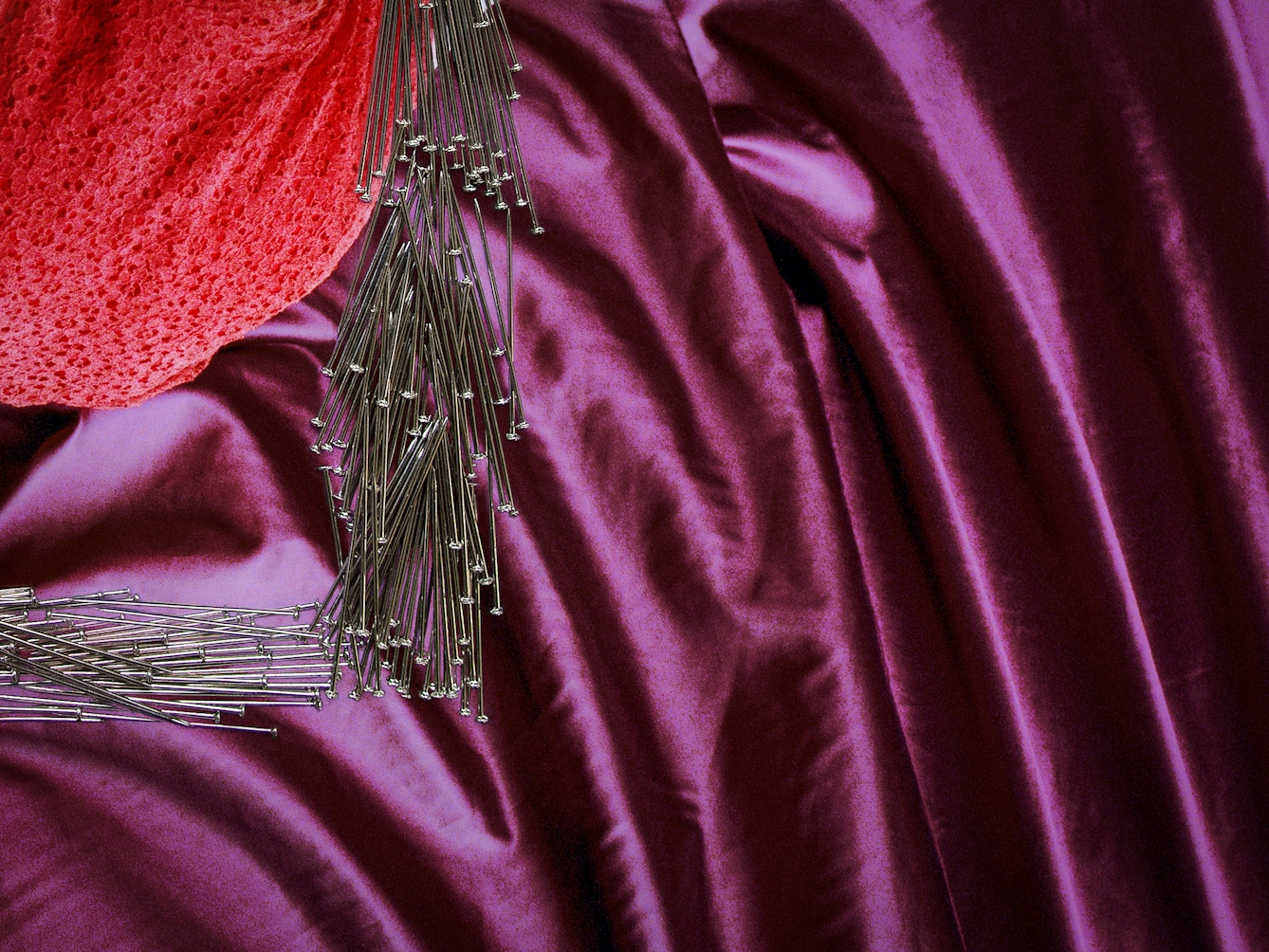
“Efforts to address violence, big and small, are everywhere. Though it can be hard to measure something that does not happen, there are ways of evaluating interventions scientifically.”
The best we’ve ever had it?
By some measures, violence prevention seems to be working. The psychologist and academic Steven Pinker concludes that we now apparently live in times that are less violent than ever before. Based on his research in psychology and history, he argues that we have it really good.
But does physical pain outweigh emotional pain? Writer Zadie Smith questioned Pinker’s conclusion. Although she had never seen a dead body, she had seen lots of other forms of violence destroying lives. Is the world less violent, or is violence more difficult to measure and therefore to prevent now? Smith’s observation echoes other voices in this serial, which underscore how violence and its effects are not limited to the physical.
On a large scale, inequality, corruption, poor governance and illegal dealings in finances and arms are responsible for violence. Researchers are now increasingly looking to this bigger picture in their work to prevent violence.
The criminologist John Braithwaite, whose work centres on peace-building and who pioneered restorative justice, a practice centred on healing for the victim, perpetrator and community from a crime, views not only illegal violence as a major obstacle to lowering crime, but also state-sanctioned violence.
Violence is multifaceted and intractable. We would have solved it by now if it were one-dimensional.
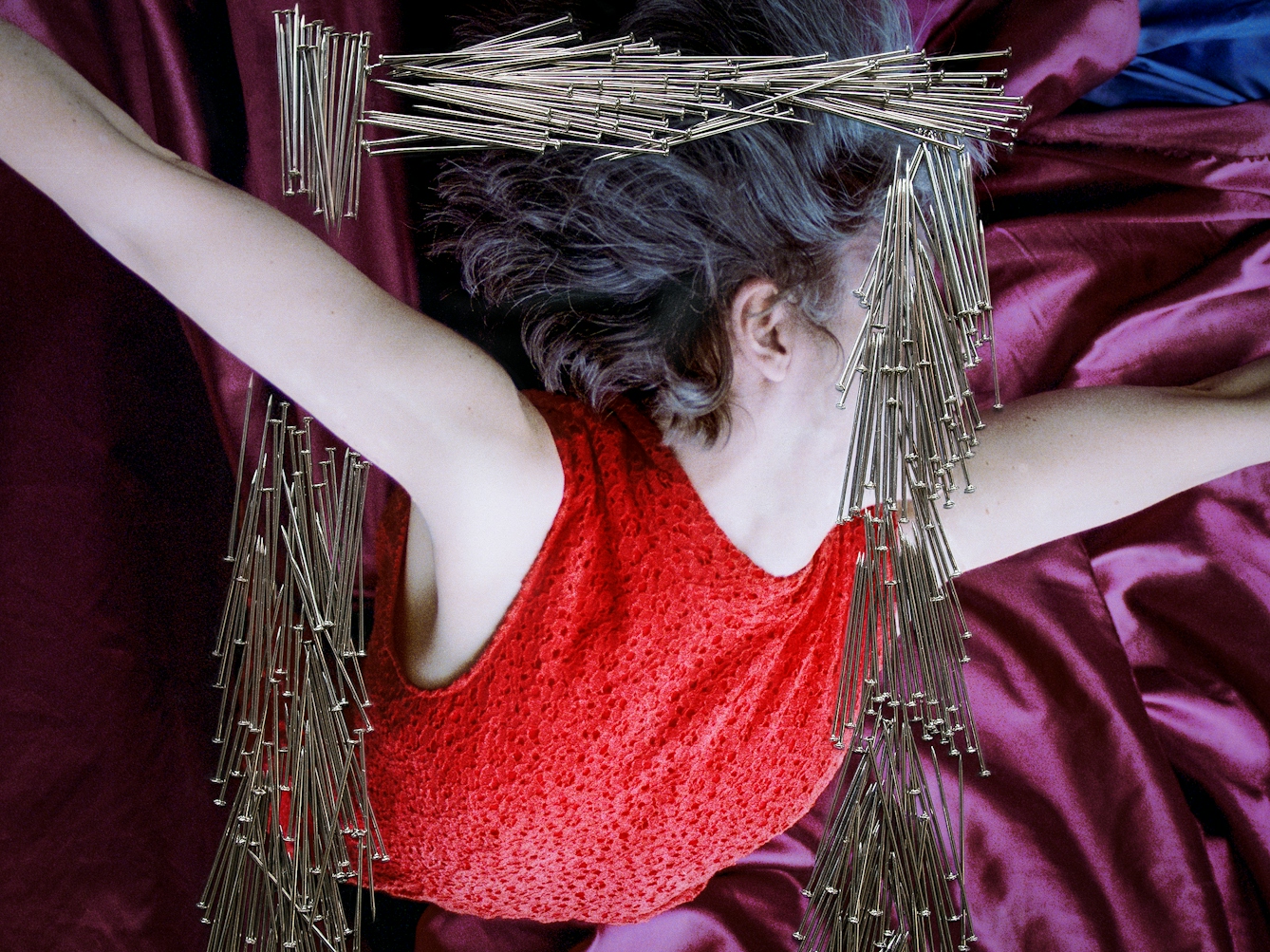
“Does physical pain outweigh emotional pain? Is the world less violent, or is violence more difficult to measure and therefore to prevent now?”
Peace is only achievable if all forms of violence are tackled, Braithwaite argues. If violence from the state or government is ignored, whether it is involved in wars or accepts capital punishment and excessive use of force towards civilians by law enforcement, essentially it is telling citizens that violence is okay.
A peaceful and free society sounds naïve and romantic, and even Braithwaite thinks that it is more likely that our destruction through ecocide or nuclear attack will happen than all-round peace and freedom. Global problems like violence are hard to resolve completely.
Violence is multifaceted and intractable. We would have solved it by now if it were one-dimensional. Although Braithwaite’s thought about achieving peace seems grim, his work is perforated with hope. Hope seems to be what motivates us to find a solution, even if the odds are stacked against us.
Finding a way forward
What is one individual person to do then? Envision how a just world should be and try to bring it forth. Global movements like MeToo, Black Lives Matter, and on the climate have altered how we understand persistent narratives, thoughts and behaviours that harm women and girls, black people and the environment.
These forms of violence, unsurprisingly, are linked: for example, climate change is related to increases in violence towards women and gender minorities; as extreme weather events like droughts, heatwaves and floods become more common, so will the aftermath, with the worsening of people’s financial situations, their mental health and their supports, which puts the most vulnerable at risk of being victims of violence.
The idea of acknowledging what has happened and the harm it has caused, while finding a way forward, is a notion familiar in psychodynamics, the study of how early experiences and the unconscious shape and drive our thoughts, feelings and behaviour.
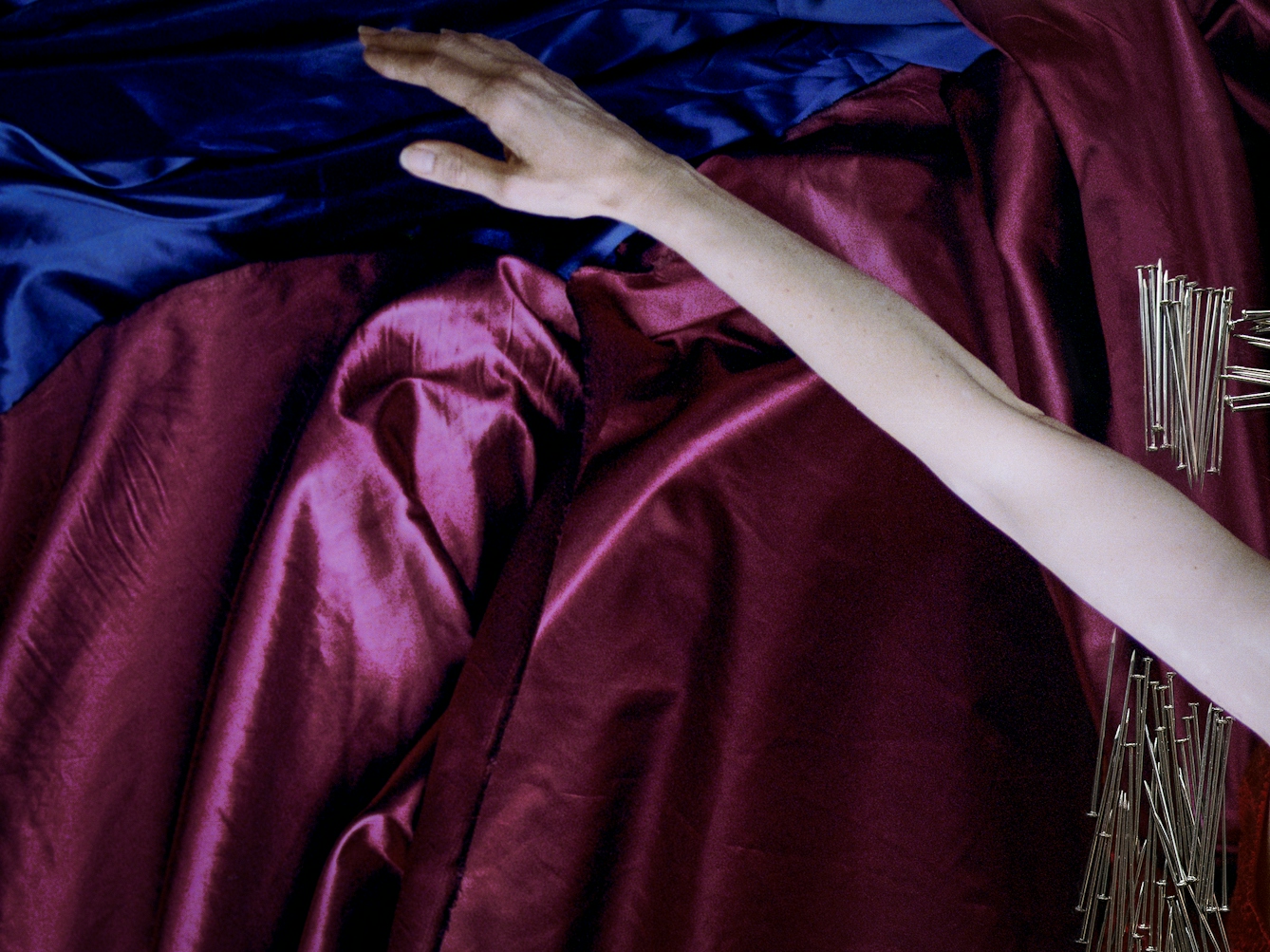
“Violence prevention like education and skills training seem to be acknowledgements that violence is harmful to everyone, even the perpetrators, and provide paths forward to a peaceful world.”
As the prominent psychologist in psychodynamics Alice Miller argued, to be freed from the cycle of violence requires acknowledging the truth of one’s childhood experiences and the feelings that accompany them. It is important to mourn that loss of childhood so as to not project those negative feelings on to other people. Acknowledgement from others was also very important for healing.
Large-scale projects aimed to reduce violence, such as restorative justice and truth commissions, are also about acknowledging the harm caused by the perpetrator’s past act and moving forward together. Restorative justice, for example, can bring together the victim and perpetrator so that both can understand why the violence occurred and its consequences; it provides an opportunity for genuine apology and to address the harm caused.
Forms of violence prevention like education and skills training seem to be essentially acknowledgements that violence in its myriad kinds is harmful to everyone, even the perpetrators, and provide paths forward to a peaceful world.
Hope against harm
Recent collective efforts of acknowledging more past harms from violence and demanding a way forward stem, yes, from anger and frustration, but also hope. For if it were only the former two, these efforts would be destructive.
My work on crime and violence, so far, has proven that hope matters, especially when dealing with human beings, who are complicated and don’t invite definite and straightforward solutions. To hope and to be moved by hope, as the essayist Rebecca Solnit writes, is “to give yourself to the future – and that commitment to the future is what makes the present inhabitable”. And so, I press on, not knowing how it will end, but hoping for the best.
About the contributors
Laura Bui
Laura Bui teaches and researches crime and violence at the University of Manchester. Her research on these topics has appeared in academic journals and also in places like the literary anthology ‘Test Signal’, where she explored grief and the paranormal; the non-fiction journal ‘Tolka’, where she questioned what a (criminal) psychopath is really for; and BBC Radio 4, where she raised the questions we should really be asking about true crime.
Jessa Fairbrother
Jessa Fairbrother is a visual artist using photography, performance and stitch. Her long-term investigations revolve around subjects of yearning and the porous body. Her work is held in numerous private and public collections worldwide, including Tate Britain, the V&A, the Yale Center for British Art and the Museum of Fine Art, Houston. Her work is represented by the Photographers’ Gallery, London and AnzenbergerGallery, Vienna. She is also a QEST (Queen Elizabeth Scholarship Trust) scholar.
